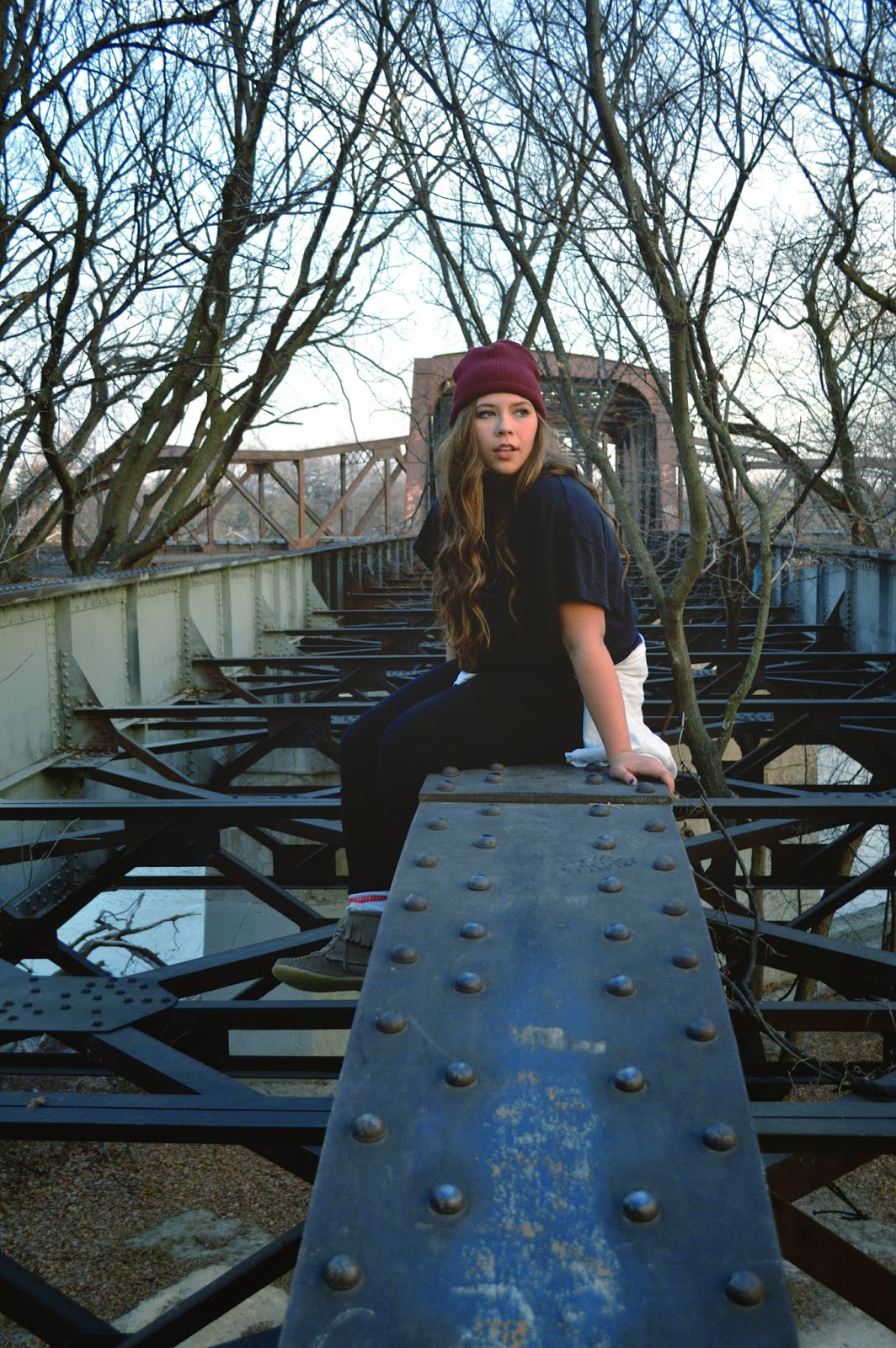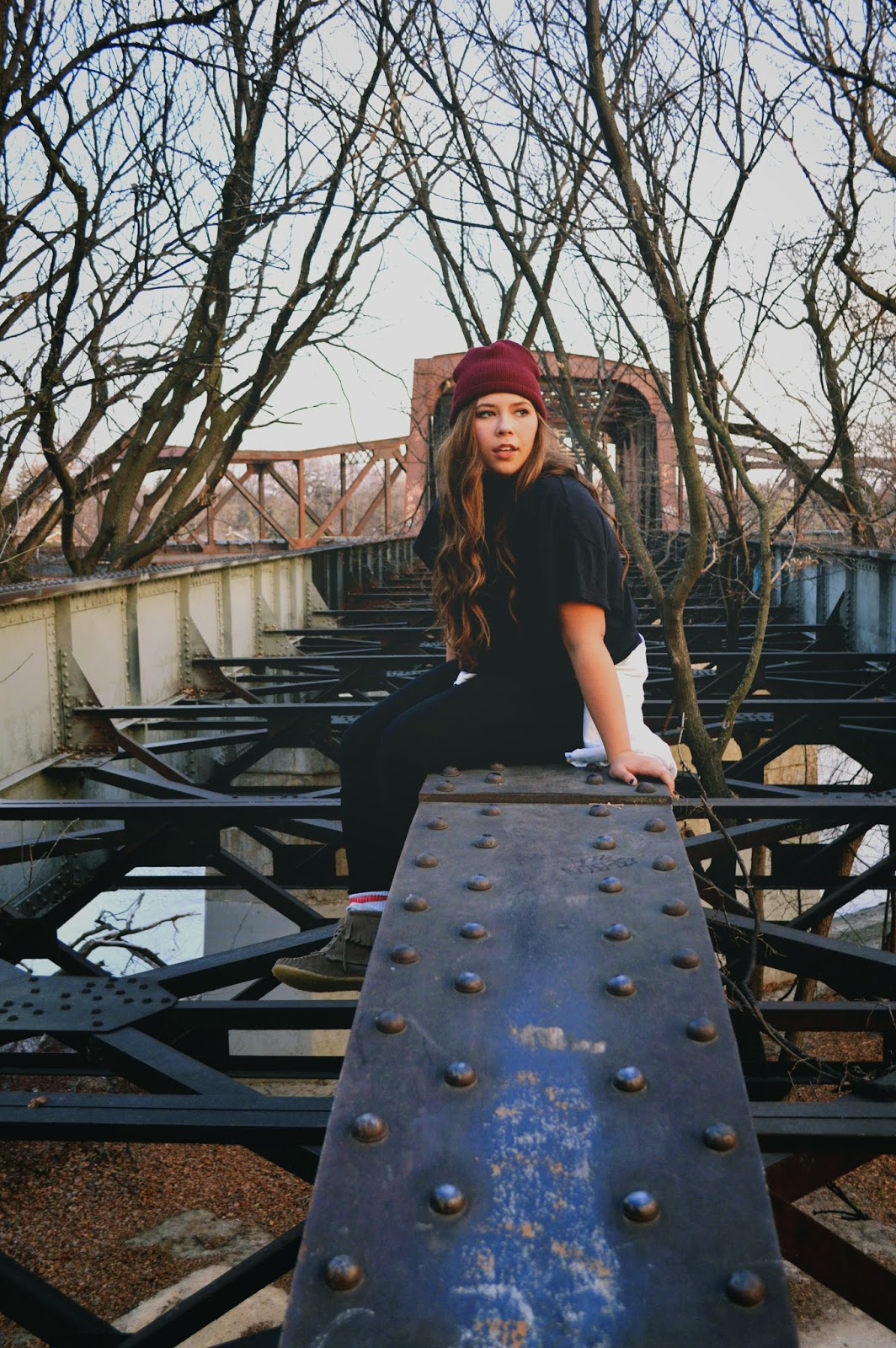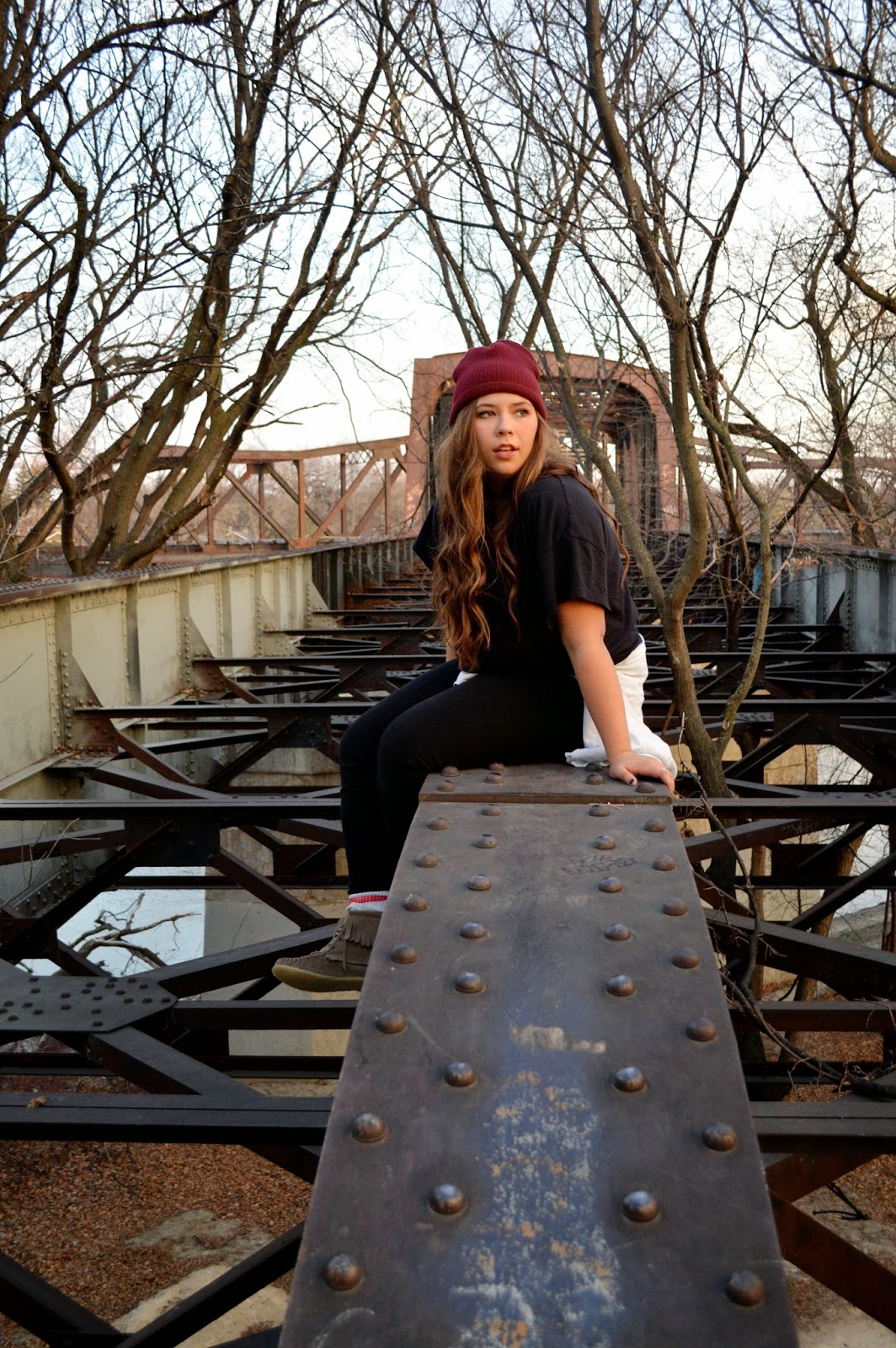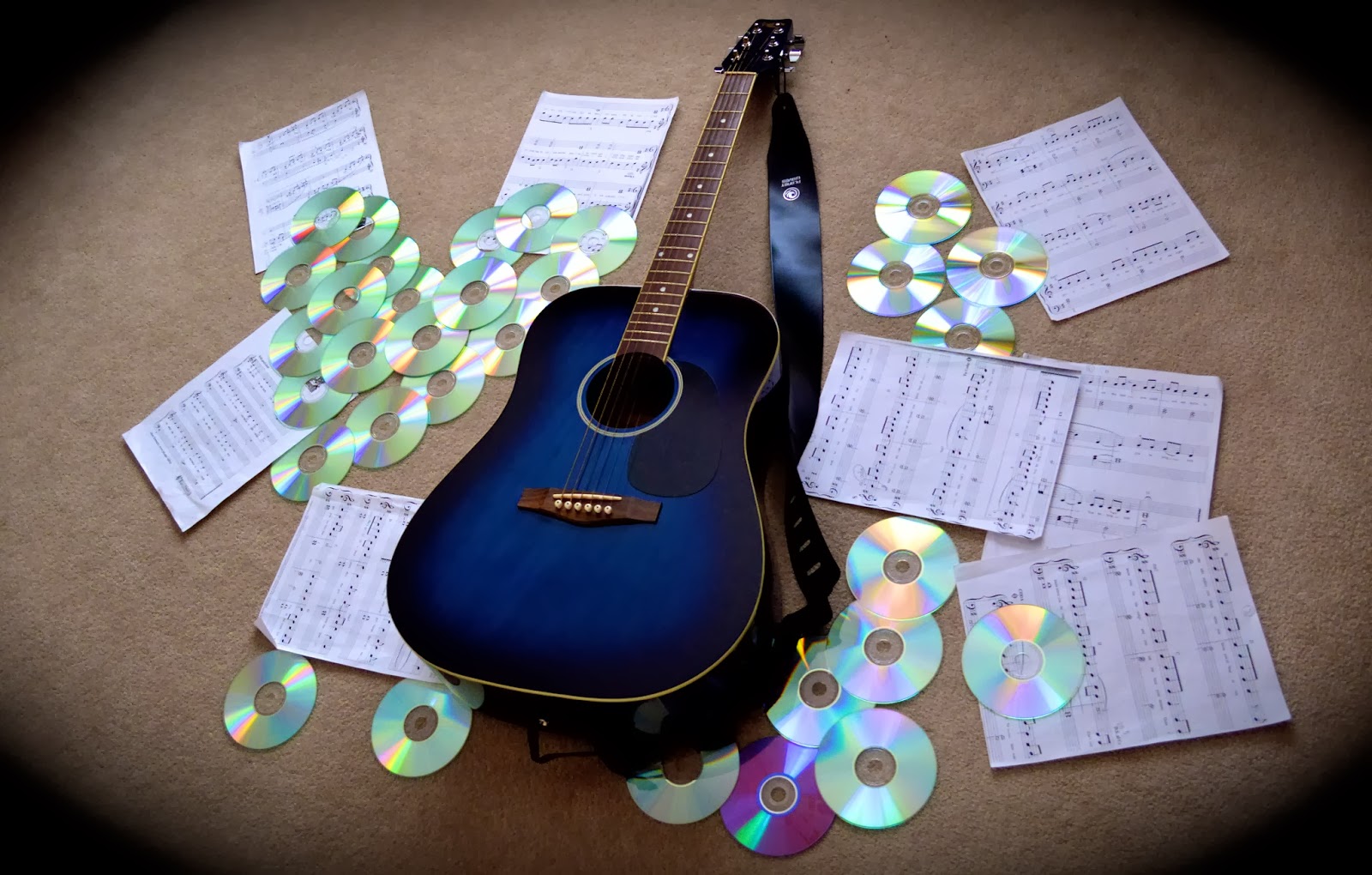The thing I was orginally trying to learn how to do, was taking the subject of your photo and keeping them in colour and leaving the rest of the photo in black in white. I wouldn't do this kind of edit to any picture, I would only do it with sport photos. I think doing it with any ordinary picture would make it look kind of cheesy and a little dumb.
The thing I learned by accident was using splashes of colour in your photo with photoshop. The point of using splashes of colour is making one certain colour in your picture pop. I don't think I would ever use this kind of edit on a regular basis either, but it was cool learning how to do it!
When learning about colour splashes and just keeping your one subject in colour I used a picture that I took at the beginning of this of my sister Danielle playing volleyball. I am using her as my main subject in both of the pictures.
How to use colour splashes:
I learned how to do use colour splashes by watching this watching this tutorial: Colour Splashes. You should check it out if your are interested in using colour splashes!
 |
| First Step |
So the first thing I did when I accidentally learned about colour splashes was I went to Select, which is located at the very top of the computer screen and selected the option Color Range...
 |
| Second Step |
After you hit Colour Range, a Colour Range bar comes up. This is where I realized that the tutorial I was watching was not going to teach me what I originally wanted to learn. The point of colour range is to pick just one colour to use. There are two ways to pick the colour you want to use. The first way is to just select the colour you want by clicking the colour on you picture. For example, if I wanted to use the colour in Danielle's jersey I would just take my mouse and click on her jersey and photoshop will recognize what colour Danielle's jersey is and will use it. The other way to select the colour you want to use is by using the colour range tool bar. You click on the select option and colour options pop up. (Demonstrated in image #2). Either way of doing it works well. I tried out both ways and they turned out the same.
 |
| Last Step |
 |
| Colour Splash Effect |
This is how my colour splash picture turned out. As you can see, this is a picture that should not be used when using colour splash because the colour I used is everywhere in the picture.This means that Danielle is no longer the main subject of my picture. In the tutorial video, the guy teaching about colour splash using a picture of fruit. This is a picture that is more commonly used for colour splash because the colour that is meant to be shown is only in one part of the picture, which is most commonly the main subject of the picture. If I was going to use colour splash I would probably use a picture of a flower or something that has a vibrant colour, one that would really pop out, unlike the colour of Danielle's volleyball jersey.
How to keep your subject in colour:
So this is what I actually wanted to learn how to do. I've seen a lot of sport pictures or even advertisement photos where this is being used, so I thought I'd give it a try. I tried to youtube tutorials on how to do this, but I actually couldn't find any. My search results kept popping up with more colour splash tutorials. So I googled it, and actually found a website that shows you how to do it in the format that I usually use on my blog, which I thought was pretty cool. Here is the link to check out the website I used: Keeping Your Subject In Colour.
 |
| First Step |
The steps to do this a very simple - but the whole thing is very time consuming, as I will explain in more detail later.
First thing you do is go to the top of your screen and select Layer and then select New Adjustment Layer and then Channel Mixer.
 |
| Second Step |
 |
| Third Step |
After you select channel mixer, a New Layer bar pops up. You don't have do do anything with this, so you just hit Okay.
Another bar pops up after you hit okay called Channel Mixer. This is the tool where you make your picture black and white. To make it black and white you select the Monochrome button that is on the bottom left corner of the Channel Mixer bar.
 |
| Tool Box |
If you don't know where the tools that I just talked about are on your toolbox, I made a picture that shows you exactly where they are. The foreground and background tool I circled in purple, the zoom tool I circled in yellow, the eraser tool is circled in green and the paintbrush tool is circled in purple.
When using the eraser tool and paintbrush tool you can change the sizes of the eraser and paintbrush. This is something you have to know how to use because the things you are painting/erasing are all different shapes and sizes. It is located in the top left hand corner of your screen. A trick I learned while using this tool is that when you want to change sizes of your brush you don't have to keep going to the left top corner of your screen to change the brush size, instead just right click your mouse and the options of different brush sizes come right to you!
 |
| Zoom Tool |
When using the zoom tool you just keep clicking on the spot on the picture that you want a closer look at. To zoom out of the picture, you have to go to the top left hand corner of the screen and click on the icon of a magnify glass with a subtract symbol inside of it.
So that is what I learned in photoshop recently! Its probably not a edit that I am going to use often, but I think its cool and am glad that I now have a better understanding on how to use these tools in photoshop.
 |
| Before |
 |
| After |






































